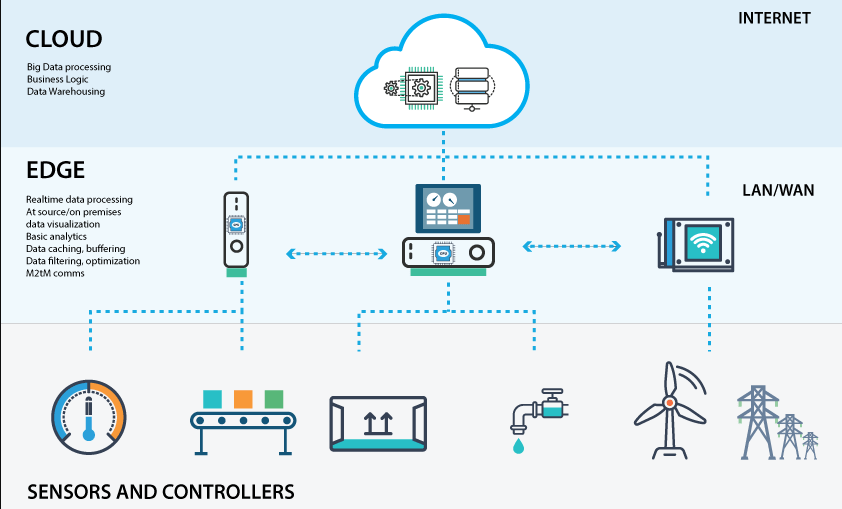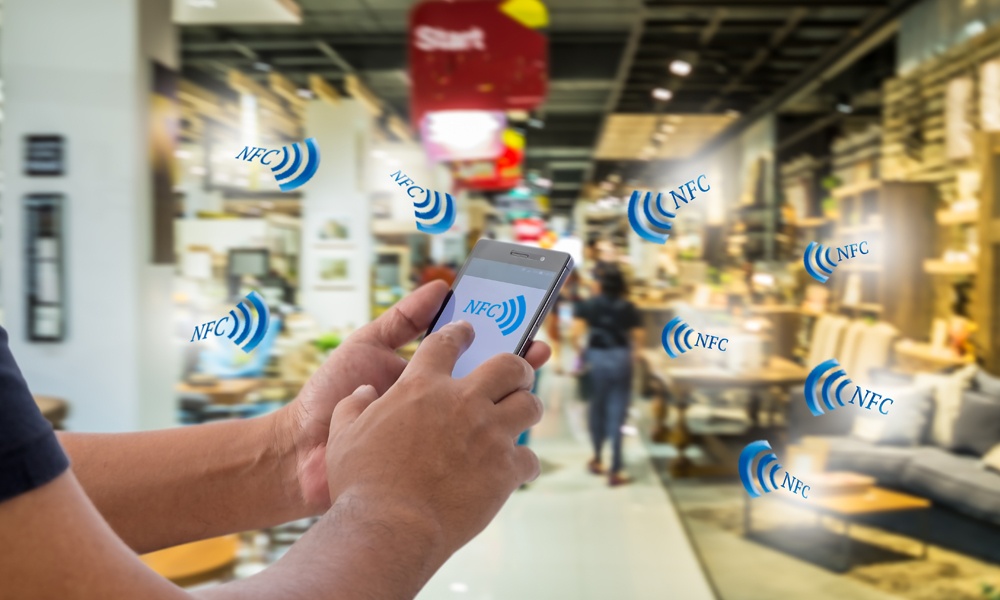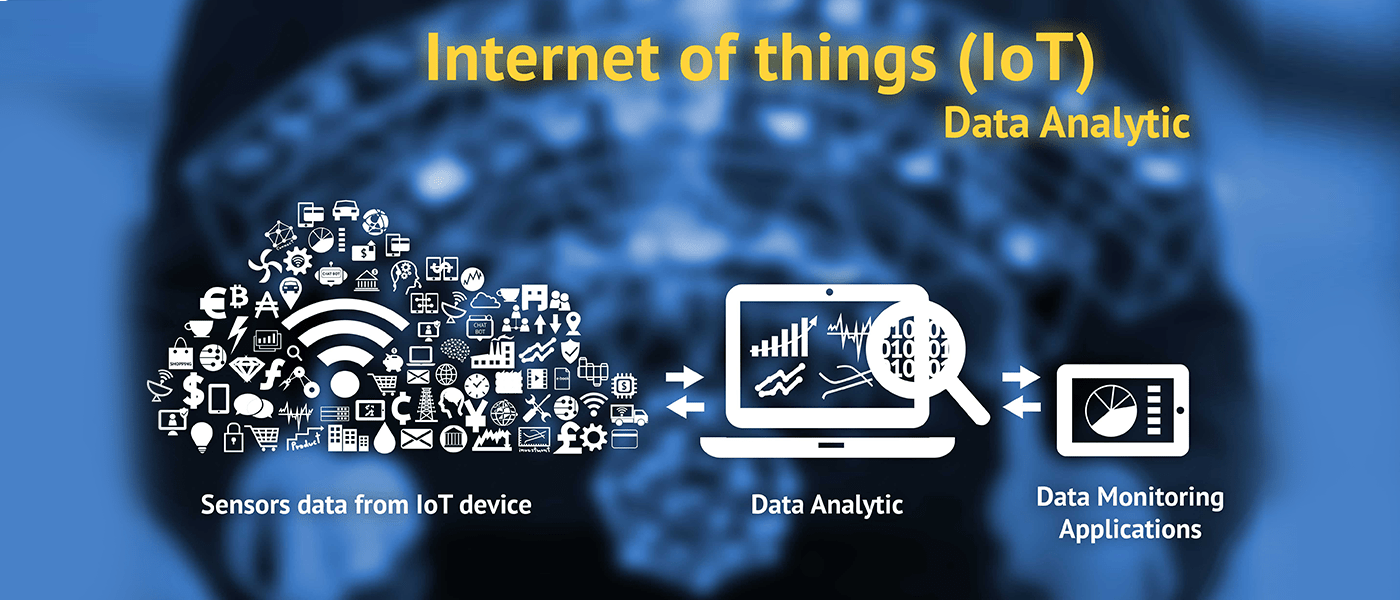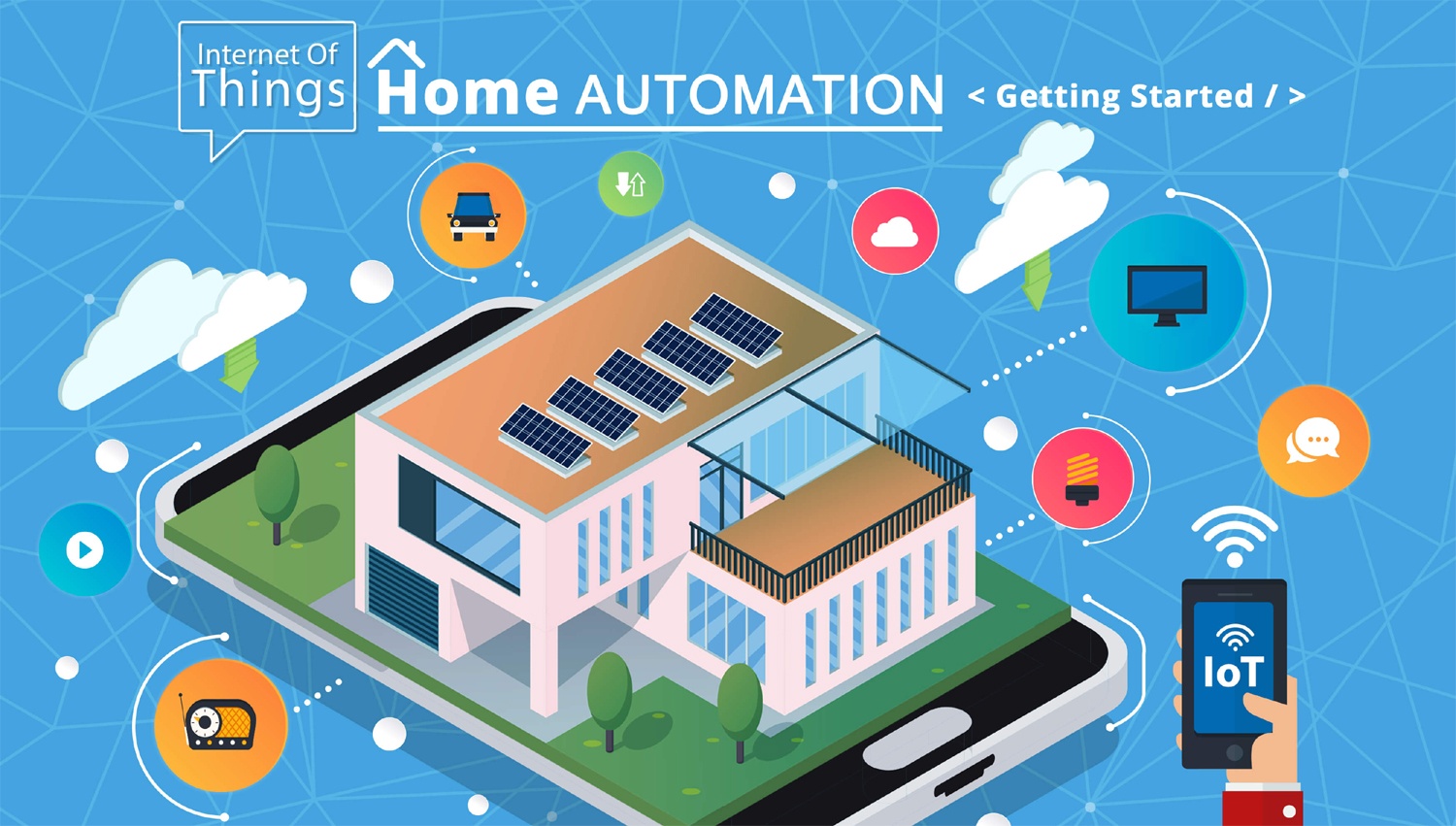IoT Ecosystem: Trends in 2020
IoT Ecosystem: Trends in 2020
Nearly every conversation we have had around the Internet of Things (IoT) and what it means to an organization starts off with the question, “What is IoT?” This question is often followed by many people giving many different answers. More specifically, IoT refers to any system of physical devices or computing devices that receive and transfer data over wireless networks without any human intervention. Maybe the better way to answer, “What is IoT?” is by exploring the functions that make something IoT.
- Interrelated devices: IoT environments always consist of multiple interrelated systems and technologies which can include gateways, sensors, actuators, mobile technology, cloud systems and host systems.
- Collecting and sharing data: IoT technology is always found to collect and/or share data from sensors and controllers. This data may be a simple as audio commands from your smart TV to the cloud, or as sensitive as data from a temperature sensor used to control a boiler in the industry.

- Networked together: IoT systems are always network interconnected. This is required to facilitate the exchange of data between the interrelated devices that make up an IoT environment.
- Embedded electronics: Embedded electronics is the corner stone of the IoT. Their specialized functionality and reduction in size has helped fuel the growth of IoT. Without it, IoT would not exist
By putting it together…
IoT is an environment that has an ecosystem that encompasses multiple devices (physical and virtual), technologies (mobile, cloud, etc.), communication methods (Ethernet, Wi-Fi, Zigbee, Lora etc.), and locations (internet, cloud, remote monitoring and control).
Gartner, Inc. forecasts that the enterprise and automotive Internet of Things (IoT) market will grow to 5.8 billion endpoints in 2020, a 21% increase from 2019. Utilities will be the highest user of IoT endpoints, totalling 1.17 billion endpoints in 2019, and increasing 17% in 2020 to reach 1.37 billion endpoints.
As per one of the Gartner Research projects, the number of connected things has been increased to 14.2 billion in 2019, and it will go up to 25 billion by the year 2021. Nearly 127 new IoT devices are connected to the internet every day.

There are lot of IoT trends that are making our day to day actions so easy and comfortable. Here some of them are listed below,
1. Healthcare Industry:

As we all have heard about the current outbreak of COVID-19 that was first evolved from Wuhan, China, on December 31, 2019. With rapidly spreading diseases like COVID-19 are the epic concerns for medical professionals in all places around the world. Medical authorities, as well as citizens, are now using IoT technology to inform people to avoid walking outside in the absence of masks and estimate their temperature from a distance with the help of drones.
Thermal imaging sensors
The first step in infectious disease control is detection. By installing the thermal imaging equipment to the screening checkpoints in airports, bus stands, manufacturing industries, office environments, malls and theaters, allowing more accurate thermal imaging than the commercially-accessible radiometric thermal scanners which is utilized to identify if a person’s body temperature is above the normal human range. Thermal imaging cameras have heat sensors to seize the heat of the body of the person to generate a 2-D image with various temperature levels. When any person stands in front of that camera, the hotter objects are emphasized on the computer screens with a different color palette.

2. Edge Computing for Better Data Processing:
For a long time, the IoT devices have been relying on the cloud for storing their data. But the IoT application development industry has now started wondering about the implications of utilizing storing, calculation, and analyzing data to limit.

They are demanding that instead of sending the data from IoT devices to cloud, the data should first be transferred to local devices which are closer to the edge of the network. This local storage helps in sorting, filtering, and calculating the data and sending a part or the whole data to the cloud, thus reducing the traffic to network. Edge computing usually outperforms the Cloud when it comes to speed and cost. We all know that faster processing means lower latency, and that is what Edge Computing does.
3. Blockchain for IoT Security:

security has always been an important concern in IoT, and there is no denial in that. Internet of Things (IoT) is chiefly all about data, and there are high chances when this data is misused by the users.
One of the reasons for this misuse of data is the centralized system. As many employees and people have access to your data, any one of them can sell it or misuse it as they want. Blockchain is a decentralized platform where no one will be able to access the data until and unless they have the required keys and user permission to access. Using this technology in IoT can tighten the security for the data that we provide for the devices which will, in turn, increase its usage in our daily life. The consumers will have complete control over their data, and they can choose with whom they want to share it and with whom they don’t.
4. Cloud Computing: The Future

IoT is a technology that encourages communication between devices with the help of the internet. In this communication process, there is a need for storing the data, and IoT takes help of both Big Data and cloud computing. While the Big Data is good at storing large chunks of data, cloud computing ensures that the data is sent and received on time.
The data that we share with this Internet of Things can be hacked, violated, or sold for any other person. Hence, the organizations started using cloud computing as a way to store data securely
5. Effective CRM Management:

Almost every business these days is running with the help of CRMs. It has become an easy way for organizations to reach out to the customers. IoT can change the way we are using this CRM and make it even more interesting with time. The automation of customer’s data and their requirements will be made easy with these IoT Devices for the CRM management.
For example, let us assume that a customer is having an issue with any product or service that a company is offering. Even before the customer reports it to the organization, the IoT will send all the required information and reason behind that problem. This makes it trouble-free for the company to solve the issue in a noticeably short time, which is a great addition for their sales.
6. Smart Cities: A target to become mainstream:

There are a couple of cities globally that have completely turned out to be smart cities. Government is incorporating sensors and other kinds of technologies for automating many processes in smart cities. Now, with IoT, these smart cities will become a part of our mainstream. The IoT integration with the responsive cities will lessen traffic congestion, unlock sustainable development, and improve safety.
7. Smart Shopping: Personalization of the Retail Experience

With the help of sensors and other smart beacon technologies, the shopping experience has got more comfortable, and people can do it with more accuracy. IoT Trends of the following years will personalize your trade occurrence. You can imagine of getting notification of discount on a usually bought product from your favorite shop, but can you imagine an indoor map of your favorite shop that will lead you to the exact product you desire!
8. Energy and Resource Management:

The products that can fit in the electric panels are usually coming to the market, and these can monitor the energy consumption of the home. All these IoT Trends can be easily integrated into resource management which will make the life of people more comfortable and easier. For e.g., Push-notifications can be added for sending notifications with the smartphones when the energy threshold will exceed.
9. Data Analytics:

AI is a machine learning system that can quickly identify the trends. IoT Technology Trends will bring up better data analytics and make it easier to safeguard them. It also collects insights from the considerable data for making a better decision for our lives.
10. Smart Home Automation:

A time will come where devices will start telling people where to look for a thing and what to do rather than people telling the devices. The world is going to change at a rapid pace now erasing all the boundaries. The security and other fragmentation issues are influencing the growth of this technology in domestic applications.
We @Layots are equipped with technical professionals & technology to integrate & address the varying IoT requirements. To know more about us, PING US !!!

